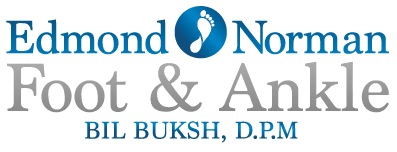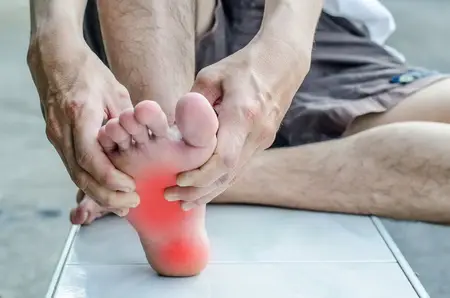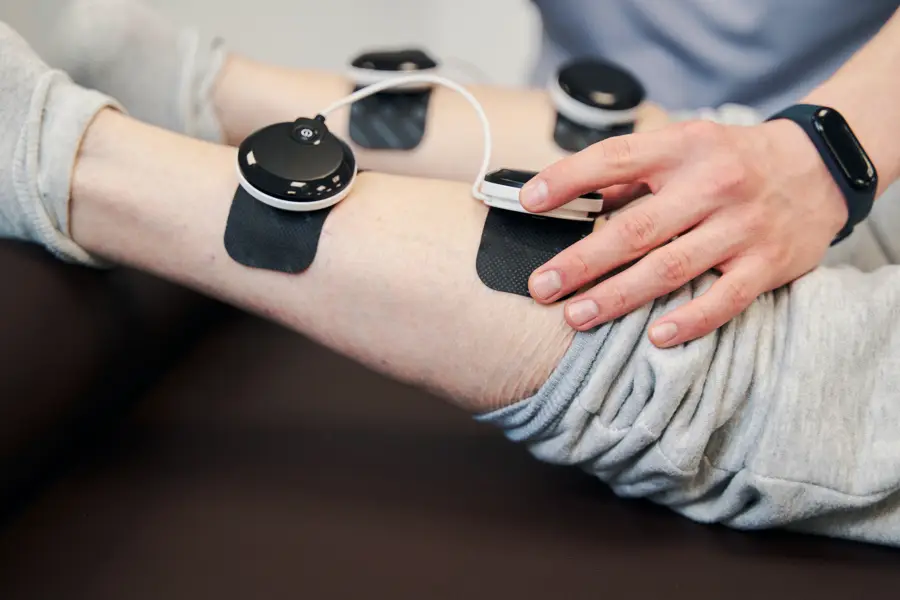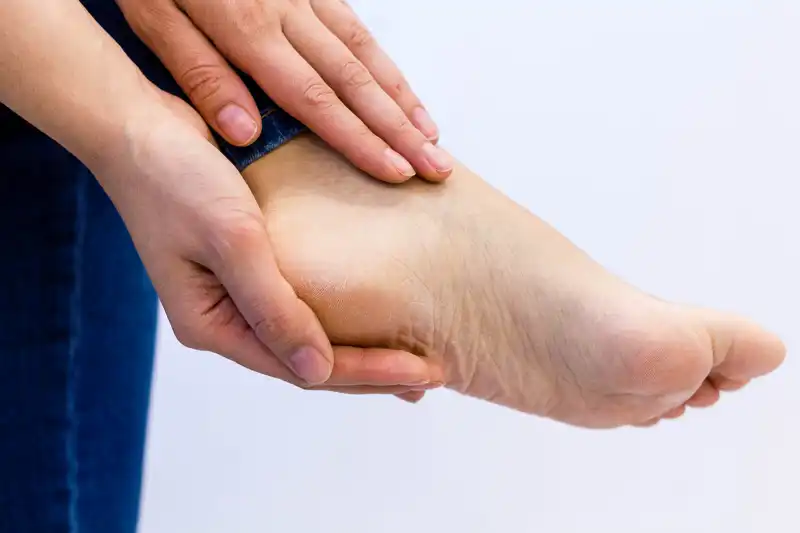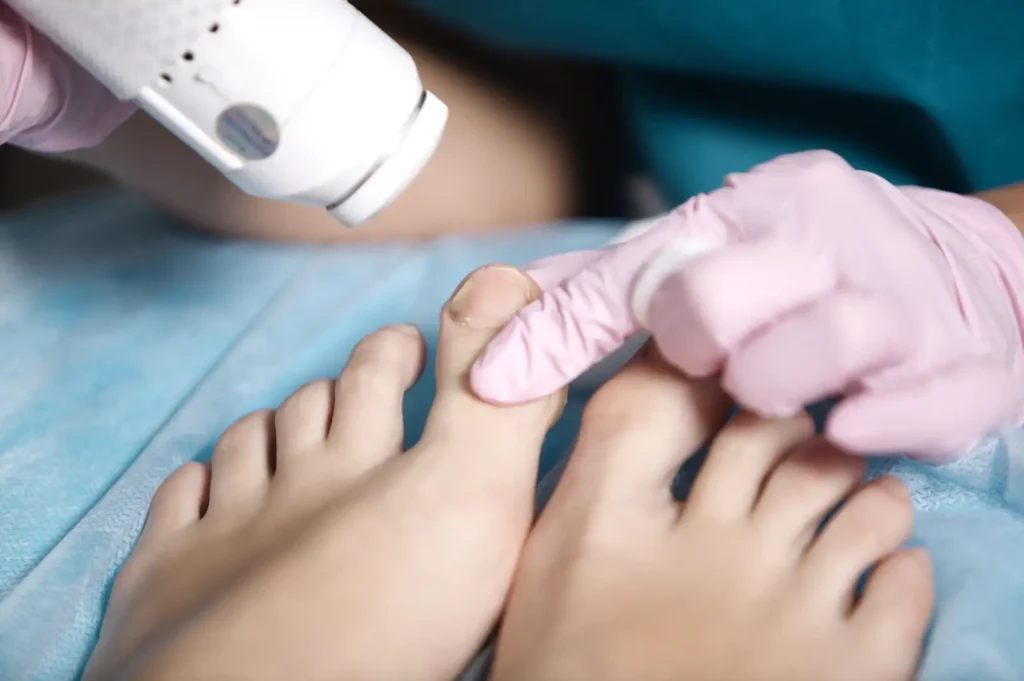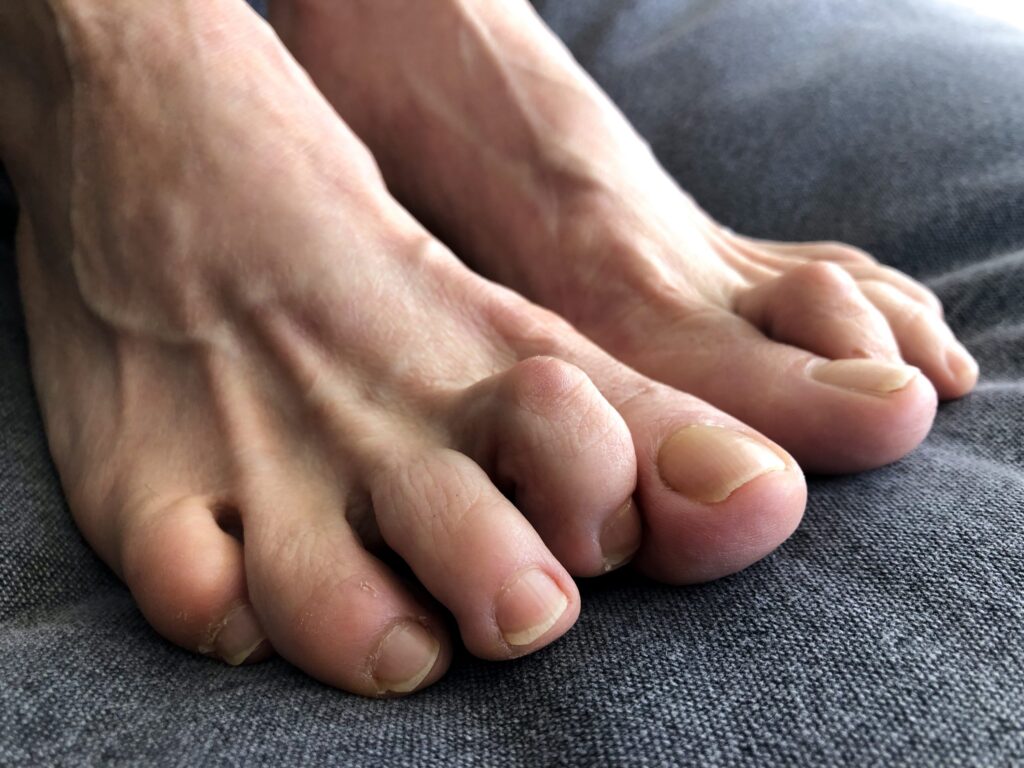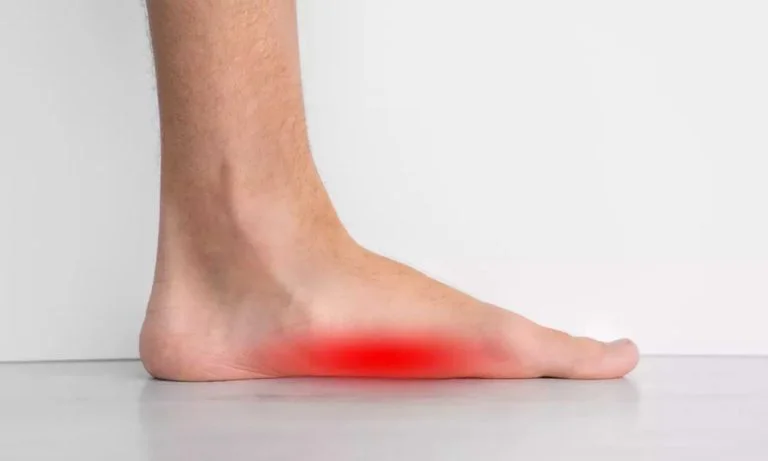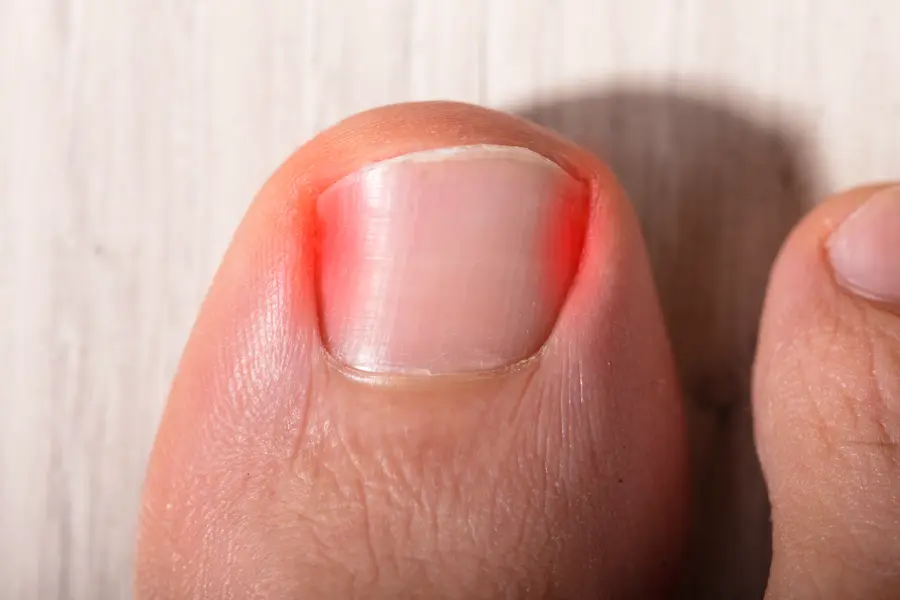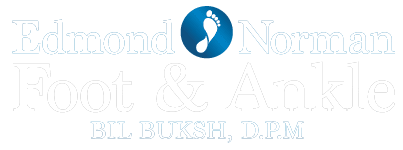Bunions & Hammertoes
What are Bunions & Hammertoes?
A bunion is a painful, bony bump that develops on the outer edge of your big toe. Bunions occur as a result of your big toe pressing your metatarsal bone outward. Although anyone can develop a bunion, they’re especially common in women who regularly wear high heels or other types of tight shoes.
Besides the large, bony growth at the base of your big toe, other telltale signs of a bunion include swelling, redness, and irritation. Over time, you might also notice that your bunion appears shiny or feels warm to the touch.
Hammertoe is a painful condition that occurs due to an imbalance of the ligaments and muscles in your middle toe joint. Although a hammertoe can develop on any toe, they’re particularly common in the middle three toes. Untreated, a hammertoe may present serious health problems, especially for people with diabetes or poor circulation.

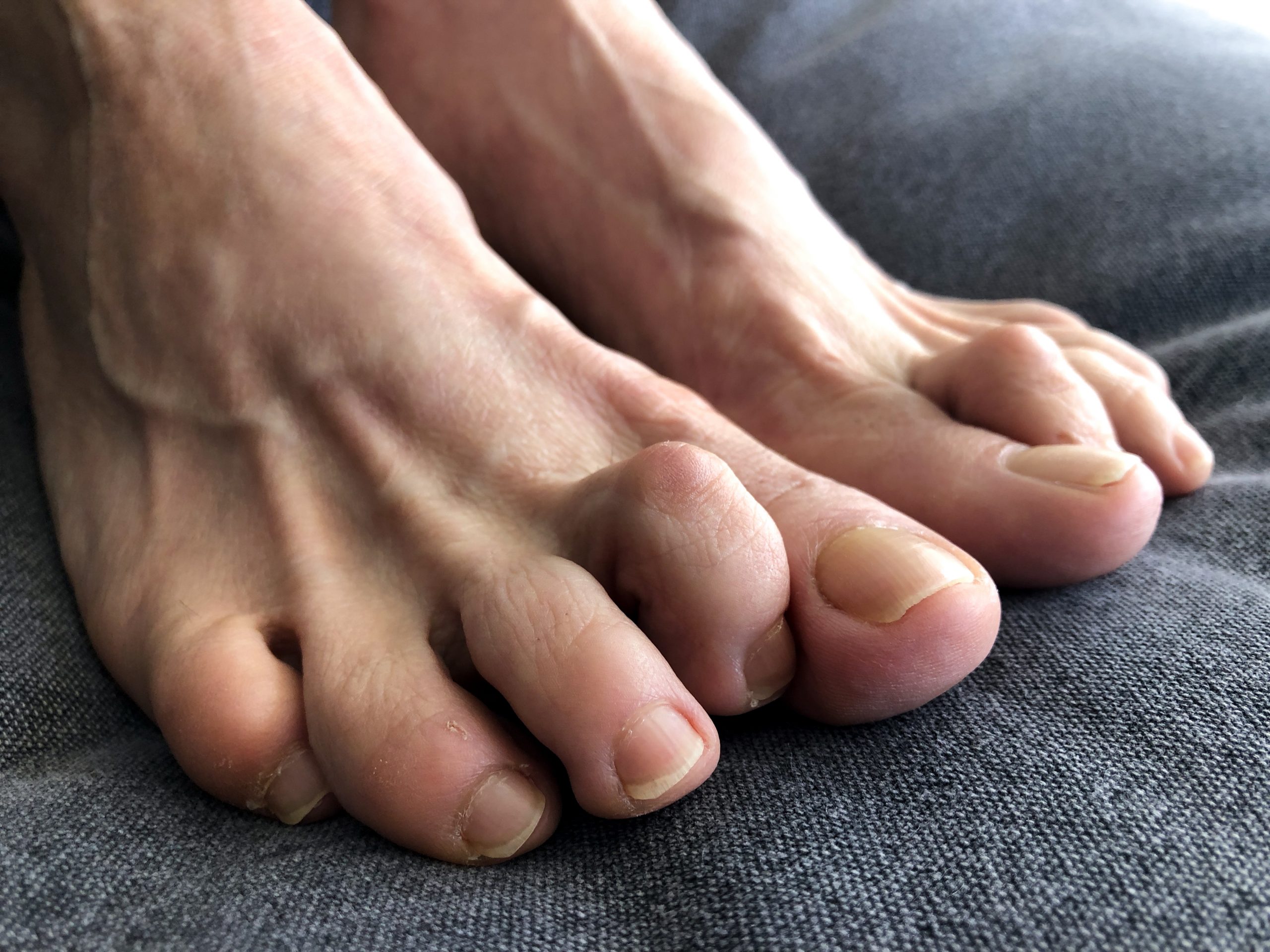
What are the symptoms of bunions and hammertoes?
Bunions:
- A bulging bump on the outside of the base of your big toe
- Swelling, redness, or soreness around your big toe joint
- Corns or calluses — these often develop where the first and second toes overlap
- Persistent or intermittent pain
- Restricted movement of your big toe if arthritis affects the toe
Hammertoes:
- Corns on the top of your toe joint
- Swelling around your toe joints
- Trouble moving your toe joint
- Swelling and redness around the toe joint
